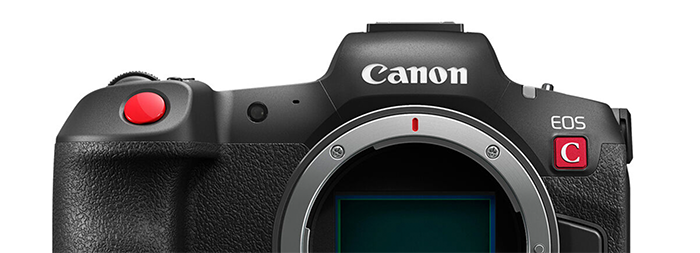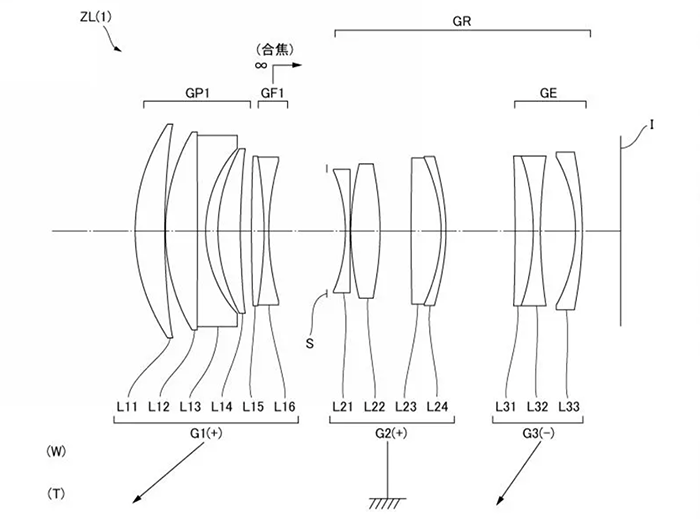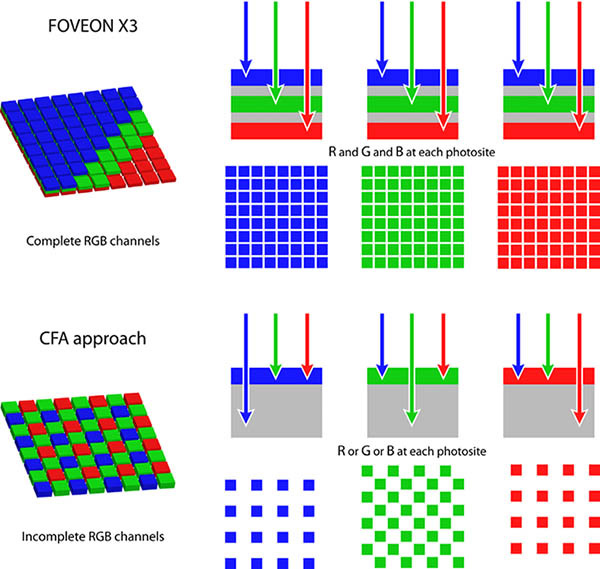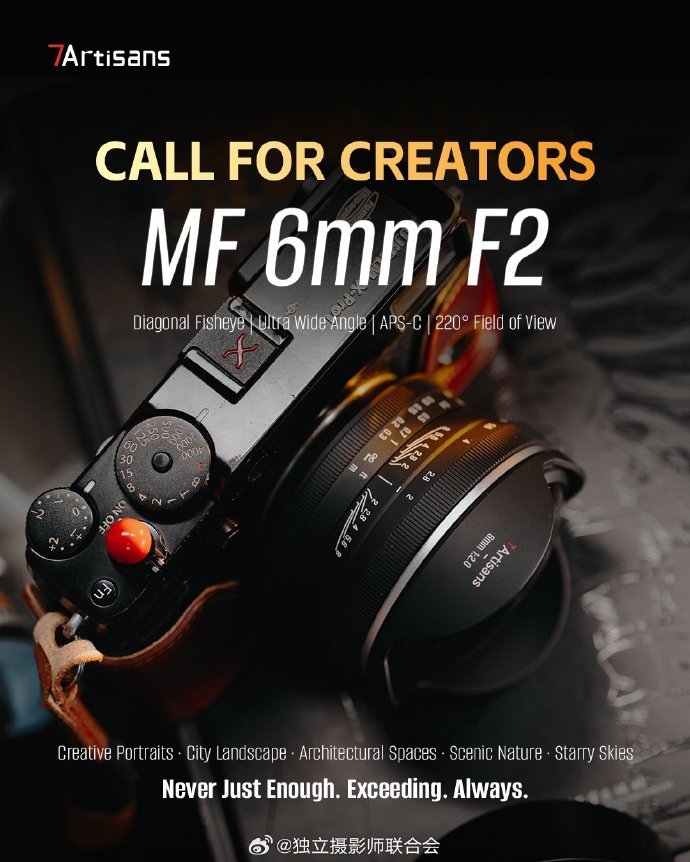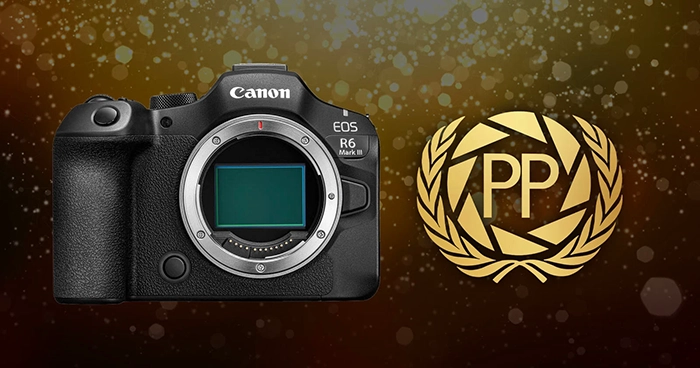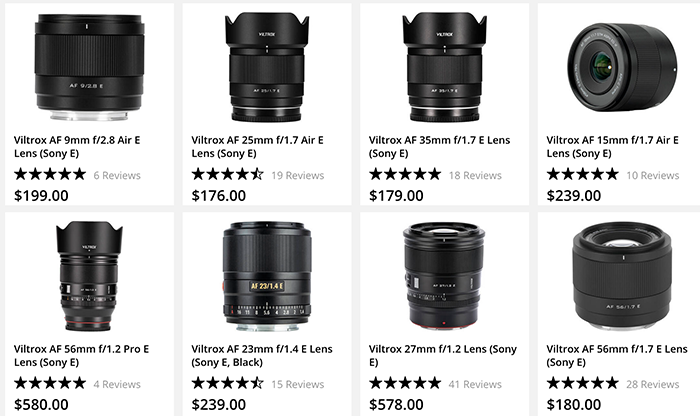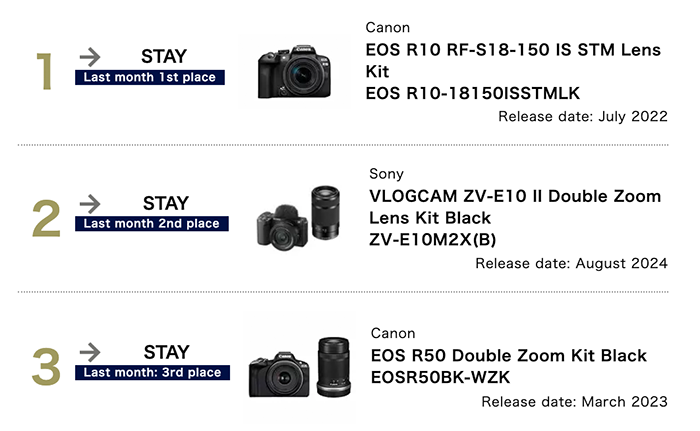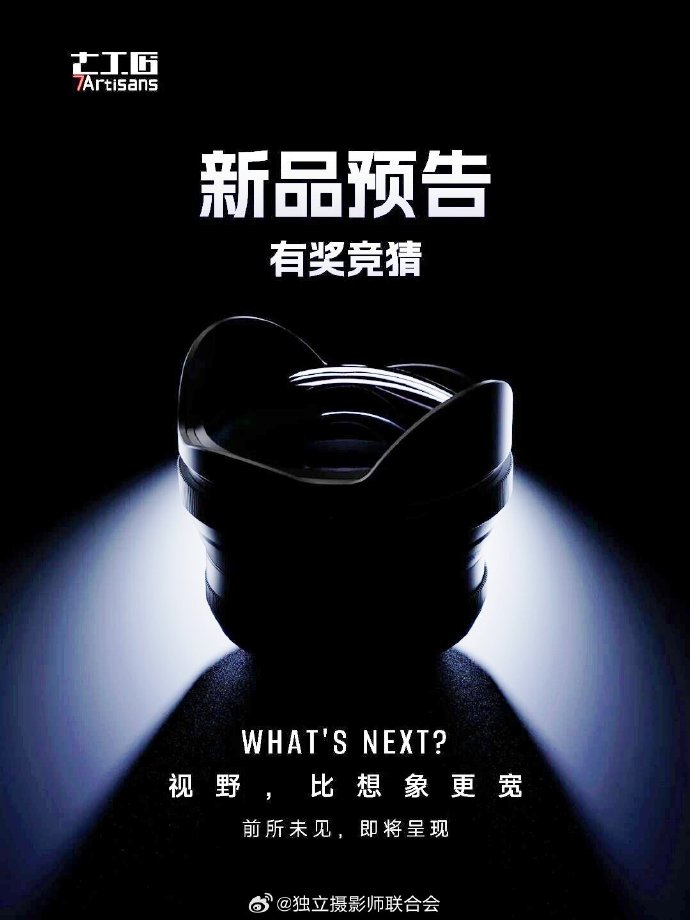Photolari: 14 Used Cameras That Still Make Sense in 2026
Here are the Used Cameras That Still Make Sense for the Photolari team:
1. Nikon D850 (2017)
A legendary DSLR that still competes with modern mirrorless bodies.
Why it’s great: 45.7MP sensor, fantastic dynamic range, rugged pro body, and endless F-mount lenses.
2. Canon 5D Mark IV (2016)
The workhorse of photojournalists and wedding photographers.
Why it’s great: Dual Pixel AF, strong colors, reliable 4K video, weather-sealed tank.
3. Nikon DF (2013)
A retro-inspired full-frame DSLR with pure photographic charm.
Why it’s great: Beautiful design, great low-light sensor, tactile controls, no video distractions.
4. Panasonic Lumix FZ1000 (2014)
The perfect budget all-in-one travel camera.
Why it’s great: 1-inch sensor, 25–400mm Leica zoom, 4K video, fast AF.
5. Sony RX100 III (2014)
One of the best pocket cameras ever made.
Why it’s great: 24–70mm f/1.8–2.8 lens, pop-up EVF, ND filter, fits in any pocket.
6. Panasonic GX800 (2017)
A tiny Micro Four Thirds camera ideal for travel and content creation.
Why it’s great: 4K video, flip-up screen, lightweight body, huge MFT lens ecosystem.
7. Panasonic GX9 (2018)
A compact, premium street-shooting machine.
Why it’s great: 20MP sensor, IBIS, tilting EVF, excellent 4K features.
8. Olympus OM-D E-M5 Mark III (2020)
A modern Micro Four Thirds classic with best-in-class stabilization.
Why it’s great: Hybrid AF, high-res mode (50MP), weather sealing, extremely lightweight.
9. Canon EOS M200 (2019)
A simple, compact APS-C mirrorless camera for beginners.
Why it’s great: Dual Pixel AF, great colors, flip-up screen, easy to use.
10. Canon EOS M6 (2017)
A more advanced EOS M model with excellent handling.
Why it’s great: Fast AF, great ergonomics, optional EVF, compact and responsive.
11. Sony A6100 (2019)
The autofocus king of entry-level APS-C.
Why it’s great: Eye AF tracking, 4K, lightweight, and a huge E-mount lens selection.
12. Sony A7R IV (2019)
A high-resolution full-frame powerhouse.
Why it’s great: 60MP sensor, 10fps shooting, great AF, perfect for landscape and studio work.
13. Leica X2 (2012)
A beautifully built compact camera with Leica character.
Why it’s great: 16MP APS-C sensor, sharp fixed lens, timeless design.
14. Fujifilm X-T200 (2020)
A forgotten but fantastic budget Fuji mirrorless camera.
Why it’s great: Large 3.5″ touchscreen, beautiful Fuji colors, lightweight, strong 4K video.
All these cameras remain excellent choices in 2025–2026 — whether you’re upgrading, buying your first real camera, or hunting for a bargain.

